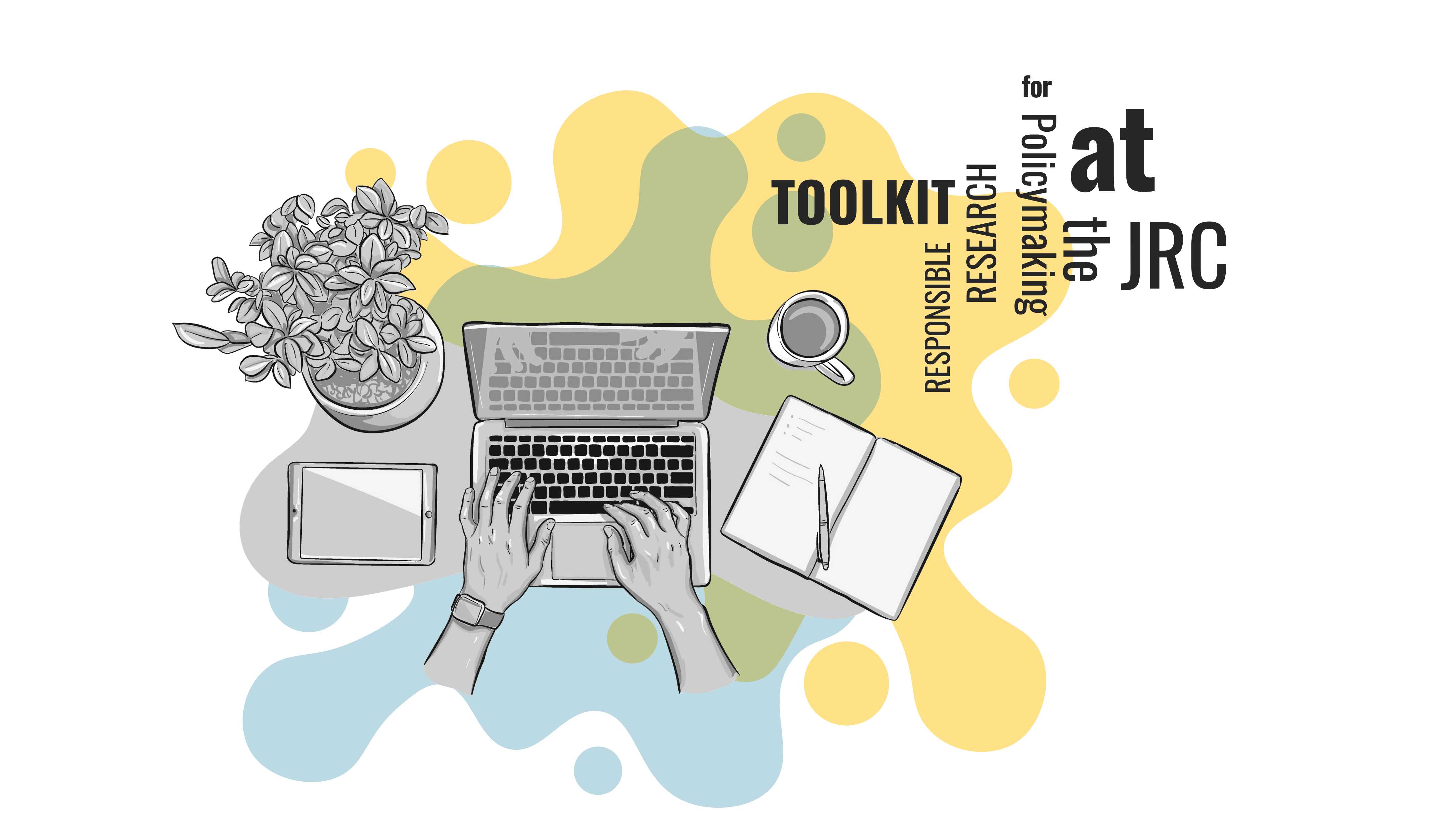SHERPA: A tool to support the design of urban/regional air quality plans
One day
Intermediate
Course details
Training to use the software tool: SHERPA Java/Python software tool (Screening for High Emission Reduction Potential on Air). SHERPA allows for rapid exploration of potential air quality improvements resulting from national/regional/local emission reduction measures. The tool has been developed with the aim of supporting national, regional, and local authorities in the design and assessment of their air quality plans. It has been developed by JRC-Ispra.
Target audience
Mostly national, regional and local policymakers involved in air quality management and modelling groups (universities, national research institutes).
Learning objectives
- Provide background information on what is needed to support the design of air quality plans.
- Provide information on the available methodologies to produce source apportionment to support efficient air quality planning.
- Describe the SHERPA tool with particular attention to its potential usages, strengths, and limitations.
- Guide the user through the GUI (user's interface).
This content is offered by the European Commission. The European Commission is the European Union's politically independent executive arm. It is alone responsible for drawing up proposals for new European legislation, and it implements the decisions of the European Parliament and the Council of the European Union.

Schedule
- Overview
- M1 - Discovery
- M2 - Source apportionment methods
- M3 - Introduction to SHERPA & Air quality modelling
- M4 - SHERPA GUI (Graphical User Interface)



